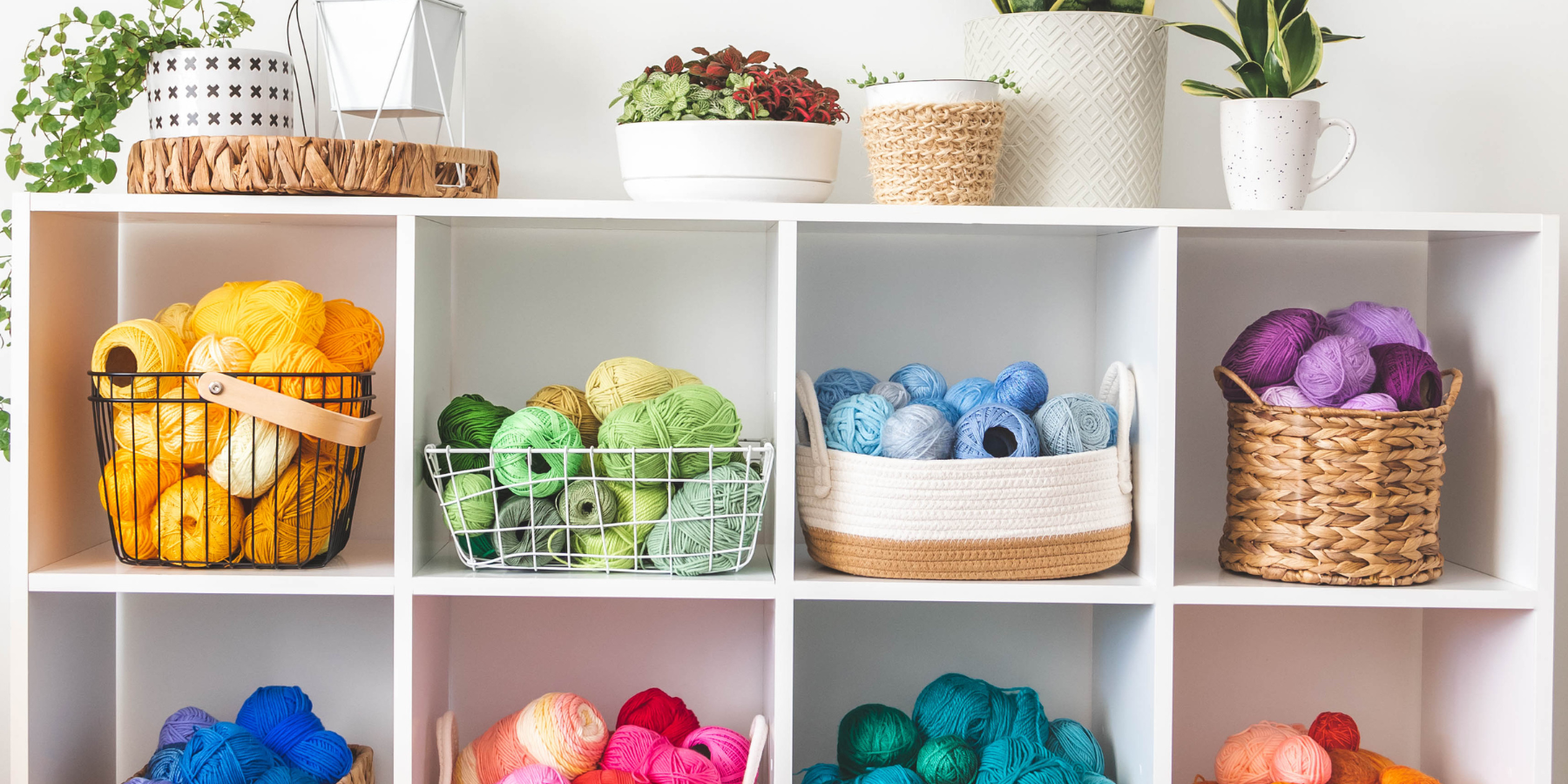A clutter-free home isn’t just about aesthetics—it’s about creating a space where you can relax, recharge, and truly feel at peace. When our surroundings are chaotic, it can add to feelings of stress and overwhelm. Decluttering doesn’t have to be a daunting task; with the right approach, it can be an empowering process that brings calm and clarity into your home. Here are some practical decluttering tips to help you create a more peaceful living environment:
Start Small
Decluttering your entire home at once can feel overwhelming, so start with one small area. Tackle a single drawer, a corner of a room, or a specific category like shoes or books. Starting small gives you a sense of accomplishment and builds momentum for larger tasks.
Use the One-Year Rule
If you haven’t used or worn something in the past year, it might be time to let it go. This rule helps you determine whether an item truly adds value to your life. Exceptions might include seasonal or sentimental items, but for most things, a year is a good benchmark.
Sort Into Categories
When decluttering, create three piles: keep, donate/sell, and trash/recycle. Be honest with yourself as you go through each item, and remember that the goal is to create a space filled with things you love and use.
Follow the “One In, One Out” Rule
To prevent future clutter, adopt the habit of letting go of one item whenever you bring something new into your home. For example, if you buy a new pair of shoes, donate or discard an old pair. This practice helps maintain balance and prevents clutter from building back up.
Declutter by Zone
Break your home into zones, such as the kitchen, bedroom, or living room, and focus on decluttering one zone at a time. Within each zone, tackle specific areas like cabinets, shelves, or closets. Completing one zone before moving on to the next keeps the process manageable and less overwhelming.
Keep Flat Surfaces Clear
Flat surfaces like countertops, tables, and dressers are magnets for clutter. Make it a habit to clear these spaces daily, only keeping a few intentional items like a decorative piece or an essential tool. A clean surface instantly makes a room feel more open and calm.
Create a “Maybe” Box
If you’re unsure about letting go of certain items, place them in a box and store it out of sight. If you don’t retrieve anything from the box within three to six months, it’s a sign that you can part with those items. This technique helps ease decision-making while building confidence in letting go.
Digitize When Possible
Paper clutter can pile up quickly, so consider going digital. Scan documents, receipts, and photos to store them electronically. Use apps or cloud storage to organize files and reduce the need for physical copies.
Declutter Sentimental Items Carefully
Sentimental items can be the hardest to let go of, but they don’t all need to be kept. Choose a few meaningful pieces to keep and display, and let go of items that no longer hold strong emotional value. Taking photos of items before parting with them can help preserve the memories without keeping the physical objects.
Adopt Daily Habits
Decluttering isn’t a one-time event—it’s an ongoing process. Build small habits into your daily routine, like putting things back where they belong, sorting mail immediately, and spending five minutes tidying up each evening. These habits help maintain a clutter-free space over time.
Focus on Functionality
As you declutter, think about how you want each space to function. Keep items that support that purpose and remove anything that doesn’t. For example, in your bedroom, prioritize creating a relaxing environment by keeping surfaces clear and removing distractions like unused electronics.
Celebrate Your Progress
Decluttering is a journey, and it’s important to celebrate your progress along the way. Acknowledge the areas you’ve completed and take pride in creating a more peaceful and intentional home.
Decluttering isn’t just about getting rid of things—it’s about creating space for what truly matters. By taking small, intentional steps, you can transform your home into a peaceful retreat that supports your well-being. Remember, it’s okay to take your time and go at your own pace.
